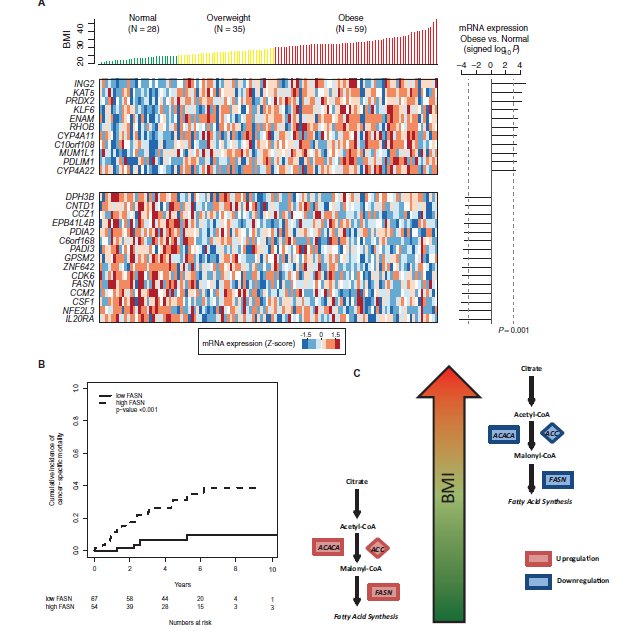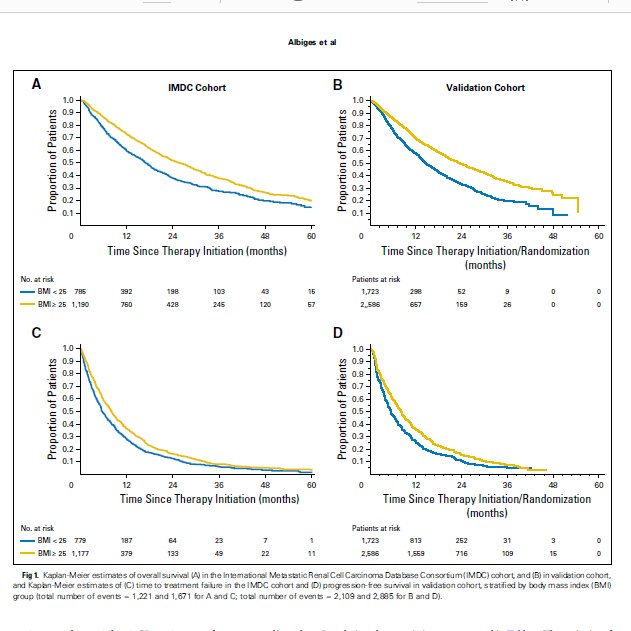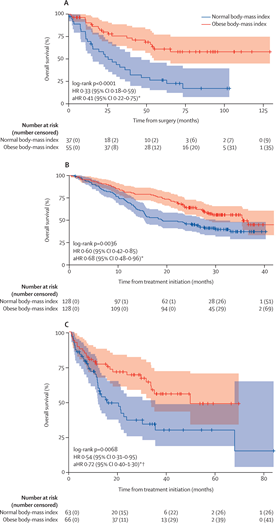This work was led by the awesome @ASanchez_UroOnc with generous grant support from @ConquerCancerFd and @sloan_kettering.


Which showed that obese melanoma patient did better than non obese patients with both targeted therapies and immunotherapies.







